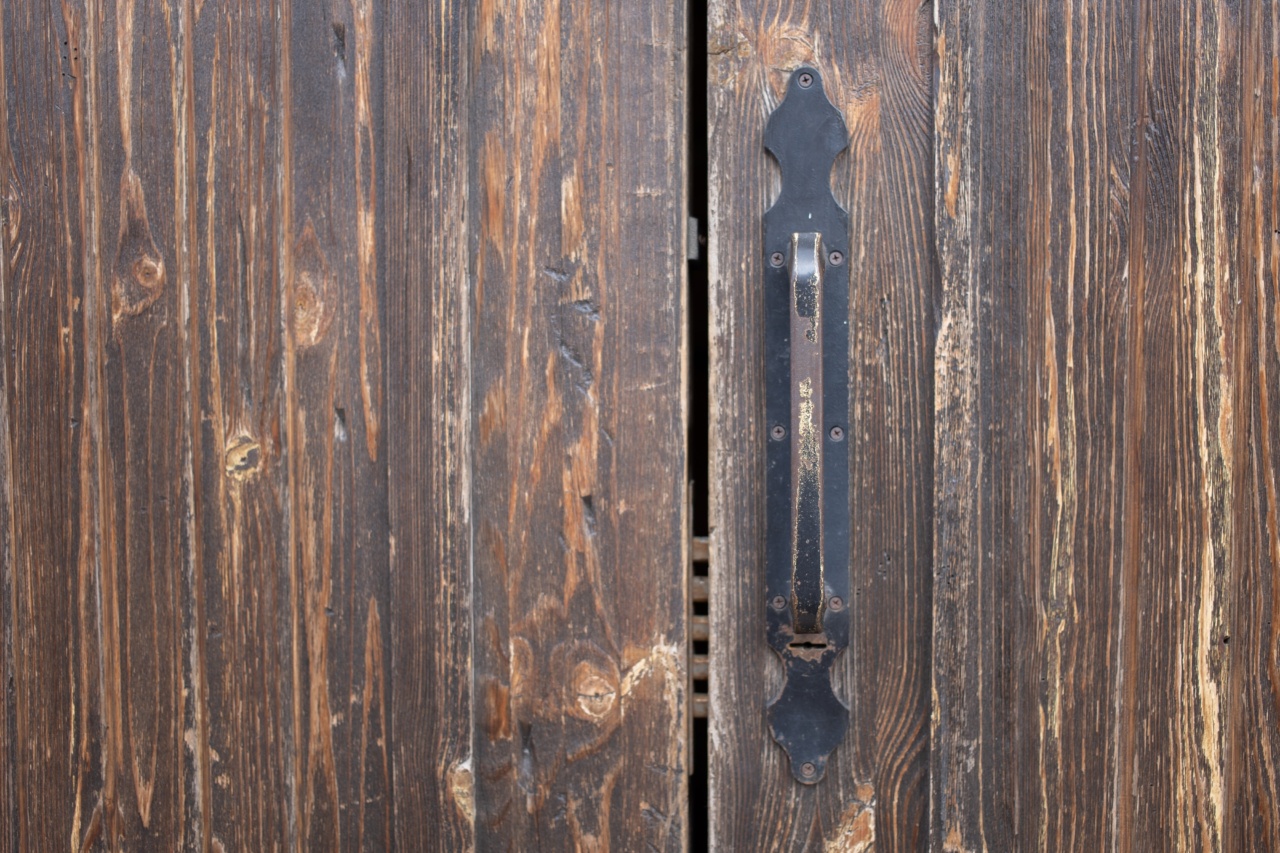Natural disasters can be devastating for property owners. Whether it be a hurricane, tornado, wildfire, or earthquake, it is important to take precautionary measures to protect your property and ensure the safety of yourself and others.
In this article, we will discuss some steps you can take to weather the storm and keep your property safe during natural disasters.
1. Prepare an Emergency Kit
One of the most important steps you can take to prepare for a natural disaster is to put together an emergency kit.
This kit should include essential items such as water, non-perishable food, a first aid kit, flashlights, batteries, a radio, and any necessary medications. You should also consider including a backup generator, spare blankets, and warm clothing.
2. Secure Your Property
Securing your property is crucial to maintaining its safety during natural disasters. This can include things such as reinforcing windows and doors, removing dead or weak trees, and securing loose items outside of your home.
You can also invest in hurricane shutters or stormproof windows to provide extra protection against high winds.
3. Stay Informed
Staying informed about the weather in your area is essential to preparing for natural disasters. Monitor weather forecasts regularly and heed any warnings or evacuation orders issued by local authorities.
You can also sign up for emergency alerts and notifications to receive real-time updates on any potential threats to your area.
4. Have a Plan
In the event of a natural disaster, it is important to have a plan in place. This plan should include things such as evacuation routes, a designated meeting point for family members, and contact information for emergency services.
Make sure to go over this plan with your family so that everyone is prepared and knows what to do in case of an emergency.
5. Back Up Your Data
In the event of a natural disaster, it is always possible that your property may sustain damage. This can result in the loss of important data and files.
To prevent this from happening, make sure to regularly back up your data and store it in a secure location. This can be done using external hard drives, cloud storage, or other digital storage solutions.
6. Maintain Insurance Coverage
Having adequate insurance coverage is essential for protecting your property and assets in the event of a natural disaster.
Make sure to regularly review your insurance policy and ensure that it includes coverage for any potential disasters that may occur in your area. This can include things such as flood insurance, hurricane coverage, or earthquake insurance.
7. Assemble a Disaster Kit for Your Pet
If you have pets, it is important to remember that they will also need supplies and provisions in the event of a natural disaster.
Assemble a disaster kit for your pet that includes food, water, medications, and any necessary items such as a leash or carrier. Make sure to also include their vaccination records and contact information for their veterinarian.
8. Follow Post-Disaster Safety Procedures
After a natural disaster, it is important to take precautions to ensure your safety and the safety of others. Avoid contact with any downed power lines or damaged structures, and do not attempt to enter damaged buildings or structures.
Make sure to also listen to emergency broadcasts and follow any instructions or advisories issued by local authorities.
9. Take Care of Your Mental Health
Natural disasters can be traumatizing experiences for those involved. It is important to take care of your mental health and seek help if needed.
This can include talking to a mental health professional, joining a support group, or practicing relaxation techniques such as meditation or yoga.
10. Learn from Past Experiences
Finally, one of the most important steps you can take in preparing for natural disasters is to learn from past experiences.
Take note of any weaknesses or areas of improvement in your preparedness plan, and make necessary adjustments to better weather the storm in the future.






























